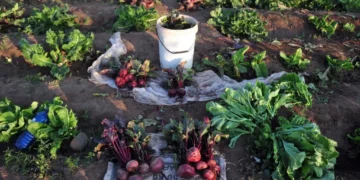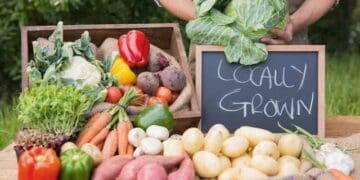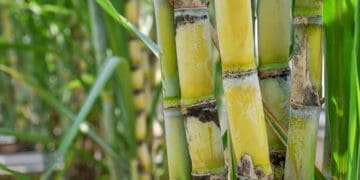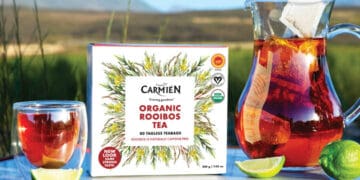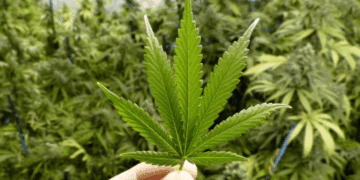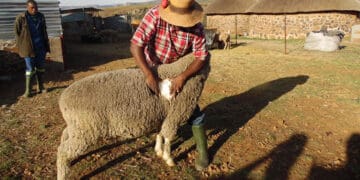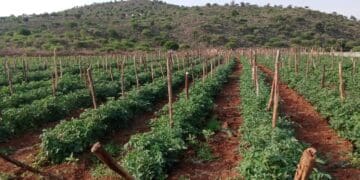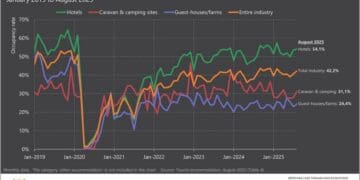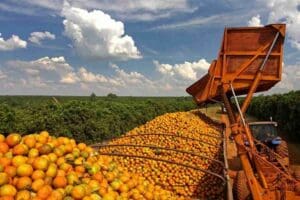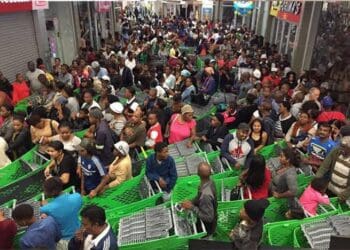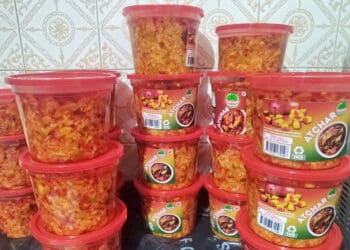South Africa’s agriculture is showing strong growth, with production and exports rising even though the US has introduced tariffs on some products. Experts say the sector is adapting well, finding new markets and creating opportunities for local farmers and exporters.
Agriculture remains a key pillar of South Africa’s economy, supporting jobs and rural communities across the country.
The Agriculture and Agro-processing Master Plan (AAMP) has helped the sector grow by providing farmers with training, market access and investment in infrastructure. Recent reports show big increases in key crops. Maize production rose from 34% to 65%, soya beans from 72% to 80%, wheat from 17% to 53%, deciduous fruits from 17% to 49%, wine grapes from 25% to 62%, and tomatoes from 8% to 94% over three years.
“The Agriculture and Agro-processing Master Plan is a collective plan to reach the National Development Plan’s goals for agriculture,” said Minister John Steenhuisen at a meeting in Stellenbosch earlier this month.
“South Africa’s agricultural future depends on how well we work together. If we stay united, the growth targets we have set are within our reach,” Steenhuisen added.
US tariffs affect only some niche agricultural sectors, not the whole industry.
“The tariffs create challenges for a few products, but they are also pushing us to explore new opportunities,” said Sean Walsh, CEO of KAL Group, a JSE listed agricultural company.
Walsh said trade is shifting, with exports to Asia, Africa and Europe growing.
“Macadamia producers are looking at India, citrus is going to Vietnam, avocados to China, Japan and India, and premium wine is reaching Asian markets,” he said.
South Africa’s citrus industry, which has been in the spotlight because of the tariffs, is still on track for a record season. Only 4% of citrus exports went to the US in 2024, totaling 6.58 million cartons.
“Most shipments happened before the 30% US tariff started. We expect 180 million 15kg cartons in 2025, up from 164.6 million in 2024,” Walsh said.
He added that the tariffs might affect trade more in 2026 but also create chances in other markets.
Wandile Sihlobo, chief economist at Agbiz, confirmed that diversification is working.
“The EU is our second-largest market, taking 22% of exports in the second quarter of 2025. Citrus, apples, pears, avocados and wine are top products. The Americas took 7% of exports,” he said.
Partnerships under the African Continental Free Trade Area (AfCFTA) and agreements with India and the UK are helping farmers and small businesses expand. Better logistics, trade deals, and inclusive policies are giving small and medium enterprises (SMEs) a chance to grow, reach new markets and produce more.
The combination of smart planning, exporting to new markets and strong partnerships shows that South African agriculture is not slowing down. US tariffs may be a challenge, but they are not stopping the sector from growing. With ongoing diversification, improved logistics and strategic trade agreements, the industry aims to reach even more global markets over the next few years, benefiting both large and small-scale farmers alike.


